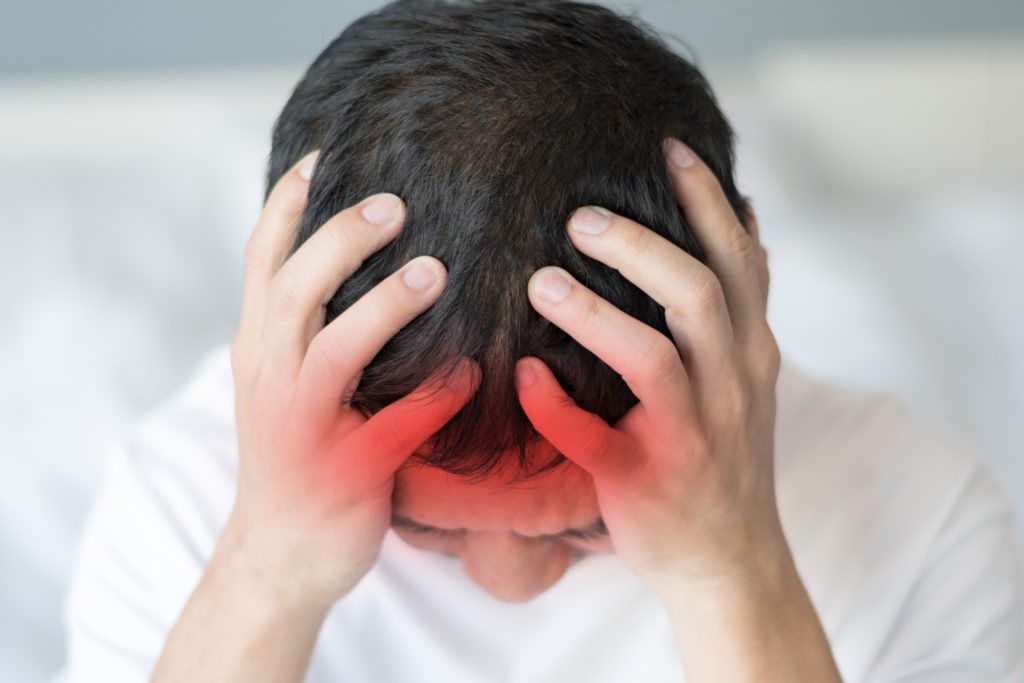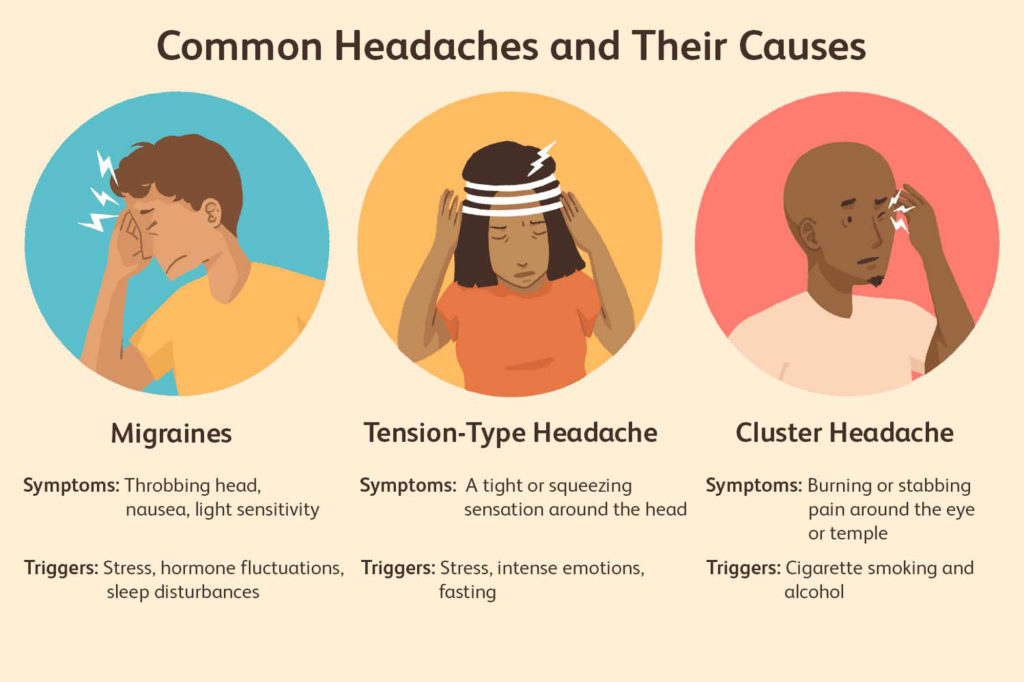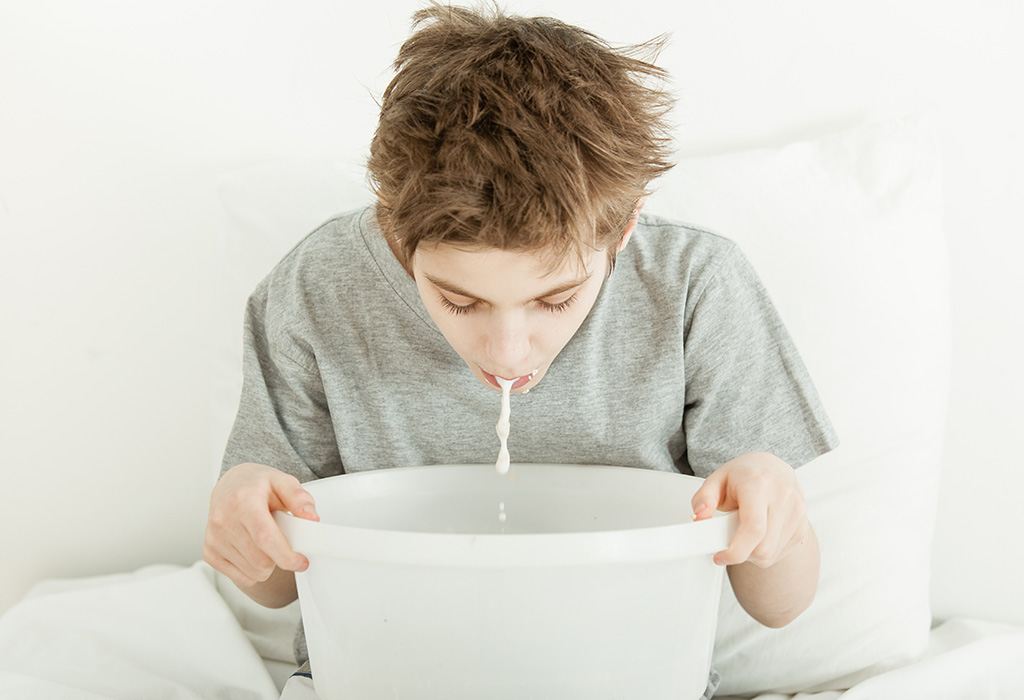Understanding Pediatric Migraine: Symptoms and Causes
The occurrence of pediatric headaches can leave parents feeling perplexed, as up to 75% of children are said to suffer from them before the age of 15. The intensity and discomfort associated with migraine headaches in particular can be an overwhelming experience for young ones. From throbbing or pulsating head pain, sensitivity to light and sound, nausea, vomiting, and dizziness – it’s enough to burst anyone’s bubble.

While the exact cause behind migraines in children remains a mystery, certain triggers such as stress, lack of sleep, changes in weather patterns or diet have been linked to their onset. In addition to this perplexity lies another layer; genetics may also play a role in predisposing some children towards experiencing these debilitating headaches! Mayo Clinic research states that almost 90% of people who get migraines have family members who also suffer from them.
Parents should remain vigilant when monitoring their child’s headache symptoms. Urgent medical attention is necessary if sudden onset severe headache accompanied by stiff neck or fever occurs – this could indicate meningitis which is a serious illness requiring immediate attention from healthcare professionals. In cases where lifestyle changes alone prove insufficient against the severity or frequency of pediatric headaches – seeking advice from qualified healthcare providers on appropriate treatment options available for tension-type headaches and migraine variants is recommended.
Headache in Children: Types and Triggers
The perplexing world of headaches in children is one that can leave parents scratching their heads. Bursting with different types, each categorized based on symptoms and causes, it’s hard to know where to begin. One type that often leaves children reeling is the migraine headache. Its intense throbbing pain can last for what seems like an eternity – hours or even days! But wait…there’s more! Children with migraines may also experience sensitivity to light and vomiting.

As if that wasn’t enough, there’s another type of headache lurking in the shadows – a tension headache. Caused by stress or muscle tension in the head and neck area, these headaches are best described as feeling like a tight band around the head. Luckily, over-the-counter pain medication such as ibuprofen can provide some relief.
But beware! Some headaches could be hiding something far more sinister beneath their seemingly innocent exterior. Meningitis is one such condition that demands attention immediately if suspected due to its feverish presence combined with a stiff neck, vomiting, and severe headache symptoms present within your child. So don’t hesitate; seek medical attention immediately by heading straight for an emergency room or calling 911 without delay!
Nausea and Vomiting in Children: Possible Causes
Pediatric headaches are no stranger to the world of childhood, and as they rear their ugly head, so too do nausea and vomiting. The Mayo Clinic has identified dehydration as a possible culprit behind these unpleasant symptoms in children who frequently experience headaches. Keeping an eye on your young one’s fluid intake becomes paramount during hot summer months or when illness strikes.
But wait, there’s more! Severe head pain could also be a trigger for those queasy feelings that we all dread. Should your child suffer from debilitating headaches that refuse to abate or occur with alarming frequency, it is wise to consult with their pediatrician posthaste about potential treatment options – medication may be necessary.
Alas, the plight deepens when dealing with younger children who struggle to articulate their discomfort accurately. Parents find themselves in a perplexing situation as identifying what causes such agony proves challenging at best. However, if frequent bouts of headache coupled with nausea and vomiting become par for the course, this might indicate an underlying condition like meningitis or some other infection at play – not something you want bursting onto the scene unannounced! Hence seeking medical attention should become top priority should any signs of serious illness appear in your loved one.\n
When to Seek Urgent Medical Care for Your Child’s Headache
Should your child suffer from intense and agonizing cranial discomfort, it is of utmost importance to urgently seek medical attention. The presence of vertigo or an upset stomach could indicate a more severe underlying condition that must be addressed immediately. It’s possible that the headache stems from a pre-existing ailment or injury.
The American Academy of Pediatrics advises seeking emergency medical care if your child experiences persistent headaches that hinder daily activities, are highly severe, or come with other troubling symptoms. These include high fever, stiffness in the neck region, confusion, convulsions, weakness on one side of the body, difficulty speaking or walking.
In certain scenarios where migraines and tension-type headaches plague children’s lives; modifying sleep patterns and reducing anxiety levels may help alleviate symptoms. However; should these modifications fail to provide any relief for your offspring’s head pain or if they become increasingly frequent and excruciating over time – it is recommended you consult with healthcare professionals who will probably suggest further diagnosis at specialized emergency centers.
Stiff Neck and Headache in Children: Signs of Meningitis
The curious thing about a stiff neck and headache in your child is that it could be indicative of meningitis, a grave illness with neurological symptoms that demand prompt medical attention. However, it’s vital to note that not every instance of such discomfort stems from this condition.
In the realm of pediatrics, headaches often stem from different causes than those seen in adults. Children frequently experience tension-type headaches triggered by stress or lack of sleep; additionally, head trauma can elicit unwelcome cranial agony.
To keep headaches at bay for your little one, take steps to instill healthy habits like ensuring adequate rest, proper hydration and nutritious meals while steering clear of bright lights and loud noises as much as possible. Should you find your child experiencing frequent or severe pain impacting their everyday life, seeking counsel from either a headache clinic or pediatrician may prove beneficial.
It’s crucial to bear in mind that if your child experiences sudden onset serious signs like feverishness alongside severe headache coupled with neurological symptoms such as seizures or confusion – they require emergency care immediately at the hospital for accurate diagnosis and treatment. Being informed on warning signals linked to significant ailments including meningitis remains key in staying knowledgeable when it comes time to treat any future bouts effectively.
Lifestyle Changes to Help Prevent Pediatric Headaches
The crux of preventing pediatric headaches lies in identifying and avoiding their triggers. But just what are these culprits? Stress, lack of sleep, changes in routine or environment, certain foods or drinks, and dehydration can all play a role. Keeping tabs on when your child’s headache starts and jotting down possible catalysts can be helpful.
But it doesn’t stop there – parents must also foster healthy habits to stave off these pesky pains. Making sure youngsters get ample shut-eye each night is key, as is fueling up with regular meals and plenty of H2O throughout the day. And let’s not forget about breaking a sweat! Physical activity should be part of every kid’s routine.
However, some headaches may signal something more sinister than just a temporary ache. Take vision changes or weakness on one side – those could indicate serious underlying health problems such as increased pressure within the brain. Don’t hesitate to seek medical attention if your little one experiences such symptoms along with head pain; heading straight to an emergency room is advised over attempting home remedies for relief.
Secondary Headaches: What’s the Difference?
Secondary headaches, a term used to describe those that stem from an underlying medical condition or disease, are not as common as their primary counterparts. In fact, according to the American Academy of Pediatrics, secondary headaches account for only 5-10% of all childhood headaches. But don’t let their rarity fool you – recognizing the signs and symptoms of these types of headaches is paramount in identifying serious illnesses.
Evaluating secondary headaches involves taking a thorough medical history and conducting a physical examination. In cases where there are indications of severe illness such as loss of consciousness, seizures, or neurological deficits; imaging studies like CT scans or MRIs may be recommended by your doctor. It’s also essential to take into consideration stress and anxiety as potential triggers for secondary headaches.
Parents and caregivers must understand the distinction between primary and secondary headache disorders to manage their child’s symptoms correctly. While primary headache disorders like migraines can often be managed with healthy habits and pain medication when necessary; treatment for the underlying medical condition causing them is required in instances involving secondary headache disorders.
By bringing attention to how frequently your child experiences migraine-related symptoms and how severely they impact daily life; healthcare providers can make accurate diagnoses differentiating between migraines versus other types caused by health problems such as depression or anxiety.
Medical Advice for Parents: How to Treat Your Child’s Headache at Home
When your little one is beset by a throbbing headache, it can be quite the vexing conundrum. Fear not, for there are myriad steps you can take within the confines of your own abode to alleviate their discomfort. Primarily, ensure that they are ensconced in a tranquil and dimly-lit room. This may serve to mitigate the intensity of the ache or even vanquish it entirely.
Another option at your disposal is administering OTC pain relief medication such as acetaminophen or ibuprofen. However, it behooves you to meticulously follow dosage instructions and abstain from dispensing aspirin to children under 18 years old due to its association with Reye’s syndrome.
Should the headache persist despite rest and painkillers, then summoning professional medical assistance should be on top priority list. Headaches could potentially presage more grave underlying conditions like meningitis or sinus infections which necessitate prompt medical attention.
Monitoring other symptoms accompanying their headache also warrants careful observance on account of vomiting, fever, stiff necks or seizures which might indicate severe illness according “Pediatric Primary Care” (9th ed). In sum totality, if you’re still flummoxed about how best to tend to your child’s ailment at home and whether further evaluation by healthcare practitioners is required – don’t dither – consult an expert in pediatric care!

